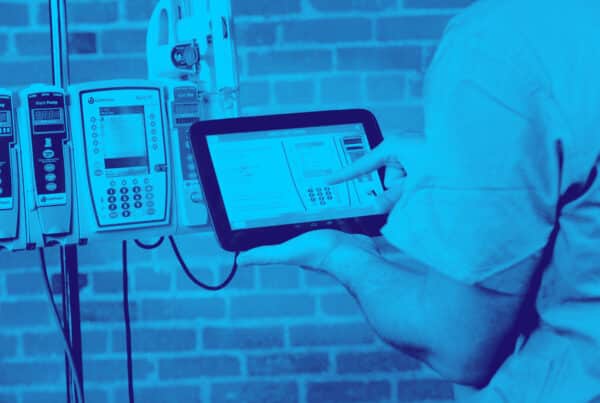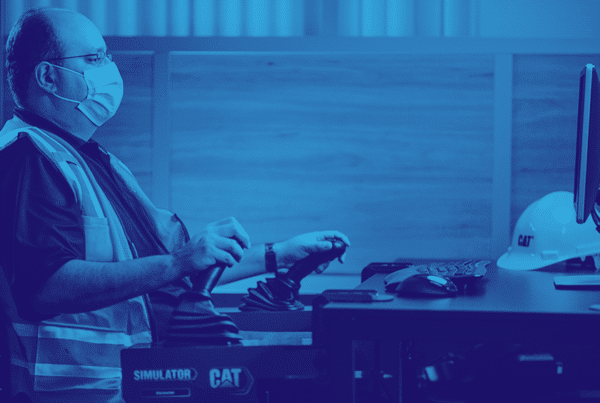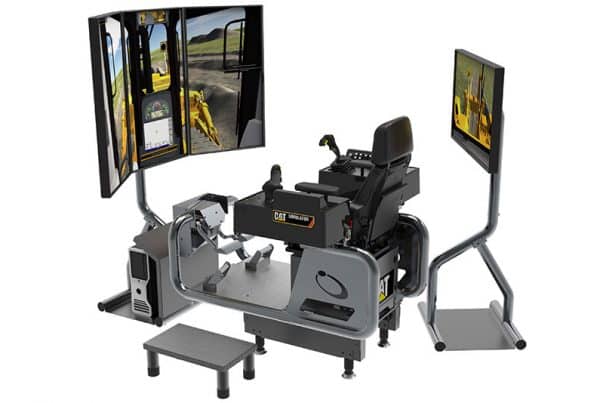First-hand experience is the best way to learn. However, not everyone has the opportunity to learn how to handle a job or task – especially stressful jobs – before being thrown into a real-life scenario. With the help of simulation development, it’s is becoming increasingly easy to get hands-on experience in a virtual environment.
A variety of different careers from heavy equipment operators to medical professionals to military personnel, require that workers be able to apply themselves completely and accurately in a situation without making mistakes. Others need to be able to handle intricate systems without failure, as the tools and materials before them are delicate or easily upset in some other way. Having the opportunity to experience the situation in a simulated environment can give these workers a better idea of what to expect and how to deal with it when they get to the real-world situation.
Building a simulation
Companies frequently look for simulation development when they have specialized machinery or intense work scenarios that staff may not be familiar with. Even those who have been performing these tasks for years will need refreshers over time and when a new piece of equipment is introduced to the work sphere, these tools are even more helpful.
Andy Grabenstetter, Project Manager for CSE Software Inc.’s simulation development team said that the most common kinds of custom software seekers are those in heavy equipment, military and medicine. These fields have a need for hands-on training on top of traditional teaching methods, plus they are subject to constant updates and improvements on existing technology. “Keeping up with technique changes and getting comfortable in stressful situations is difficult without simulation training,” Grabenstetter added.
Working with software
Simulations are built around existing machines and tools that a company already has. To save costs, these are built on a similar framework after the initial simulation is built, so organizations worried that constructing custom simulations would be too costly and time consuming should rest assured that neither of these conditions is the case. Grabenstetter sites an example for heavy equipment, “We have developed common base components that we can reuse with minimal changes (depending on what application we are simulating) with each product that utilizes a similar component (for example an engine or a transmission). We have also built base code sets for other aspects of simulation training outside of equipment mechanics, which allow us to start with a base for every product we tackle.” With simulations built to suit machines with blades, wheels and serviced on tracks, there are many faculties that can be added to a computerized depiction of the work
environment.
Taking a simulation and making it into a simulator—with the addition of controls and other hardware—holds a different set of challenges, but amps up the training value as well. Grabenstetter says, “If we build a simulation it’s a matter of applying physics, terrain interaction and integrating hardware and a simulated environment…this would bring us to the simulator. Each of those tasks are intricate pieces that we ensure are developed and integrated correctly as a whole in order to properly simulate each and every product we deal with. With simulation we are up against the challenge of bringing the product to life on the clients choice of platform. This takes us away from the norm of developing a desktop application because simulation is now moving to mobile platforms (iPad, Android, etc.), the web and various other mediums.
Creating a simulation or simulator allows for administrators and human resources management to track and monitor employee progress and success, come up with better metrics and improve the overall state of learning in the workplace. Without simulated training that take the danger and stress out of the equation, staff may not be able to learn as thoroughly and effectively as they could otherwise, proving a hindrance on productivity and employee engagement.
Moving to new markets
The other hurdle that those skeptical of simulation development should conquer, Grabenstetter recommended, is the thinking that these tools can’t keep up with new technology in business software. Recent trends show that mobile devices and bring-your-own devices are increasing the proliferation of smartphones and tablets over work devices, but these tools are also simulation-ready with the right software.
CSE Software builds simulations to suit any organization in any industry. The right simulation tools can improve the performance and education of the target workforce. Even while on the go, employees can access simulations of the work environment and improve skills from heavy machine operation and sensitive medical procedures all from their mobile devices, making these programs incredibly versatile and cost-effective.
Contact CSE Software or call 1.309.670.7595 to find out more about CSE’s simulation development.



